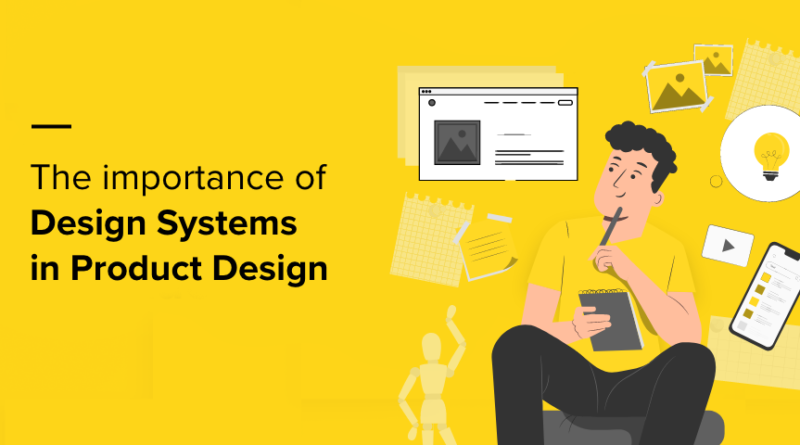Design Systems-Realizing the Goal of Your Product With Design Systems
If you’re planning to implement a design system, you’ll want to ensure that it helps you achieve the purpose of your product. You may learn how to achieve it by reading this article.
Design systems improve productivity by standardizing color, font, and shape decisions. It helps teams work more efficiently and effectively.
Know Your Value
Table of Contents
A design system is a set of tools, methods, and mindsets your team uses to solve design and build problems. It helps them to improve their products and meet user and business goals faster.
A robust design system should have a variety of components that were jointly developed by all parties involved. It consists of the C-suite team, designers, and developers. While UX is an essential part of every product strategy, UX design mobile app has specific special considerations, such as space constraints and context awareness, for creating an experience that is suited to customers’ needs wherever they are.
With tried-and-true components that are simple to adopt and reuse across the product development process, it guarantees the team has a single source of truth. It significantly improves product creation speed and quality while ensuring a better customer experience.
Measuring your design system’s performance along the process is the only way to ensure it is aiding in accomplishing your goals. You can track quantitative and qualitative results and monitor your product’s performance after each release.
Know Your Target Audience
Identifying your target market is the first stage in developing a design system that aids in achieving your product’s goal. You may make a solution that answers difficulties by considering their wants, expectations, and problems.
Analyze your existing customer demographics. Look at their age groups, what types of jobs they do, and how long they have been using your products.
Another way to discover the details of your target audience is to see how they interact with your competitors. Spy on their websites and social media channels to get a feel for how they are marketing to different audiences.
Once you have a clear picture of your target audience, you can develop your messaging and advertising strategies accordingly. These insights allow you to speak to your prospects in their language and draw them into your purchase funnel.
Know Your Objectives
Design systems are standards and procedures used to create products and services. It should include design language and documentation, branding assets, and a component library to ensure all your team members use the same design elements and techniques to build a high-quality product.
A system should also help you create consistent designs across different platforms and touchpoints. It is crucial because it allows teams to work together harmoniously and produce goods that satisfy the demands of their intended market.
Once you have established your objectives, you can start to think about how to achieve them with your product. It means setting SMART goals (Specific, Measurable, Actionable, Realistic and Time-Bound). Considering the practical limitations of your team, the project and budget would be best. It will help you decide which objectives to pursue and make the process more manageable.
Know Your Purpose
Defining your purpose is essential to building a design system that helps your team achieve its goals with its product. Most consumers expect brands to solve societal problems, meet basic human needs, and advocate for change.
A vital brand purpose is critical to distinguishing your business from competitors and driving customer loyalty. It also allows you to create a deeper connection with your customers that no other brand can replicate.
Your purpose is why your company exists; it motivates and drives your business decisions. That can be something you’ve always known or a goal you’re working toward.
When setting your product goals, get stakeholder input to ensure they align with key business objectives and KPIs. Consider a range of viewpoints from your product team to ensure technically feasible plans. Including your team in the process can increase their sense of ownership and organizational awareness.
